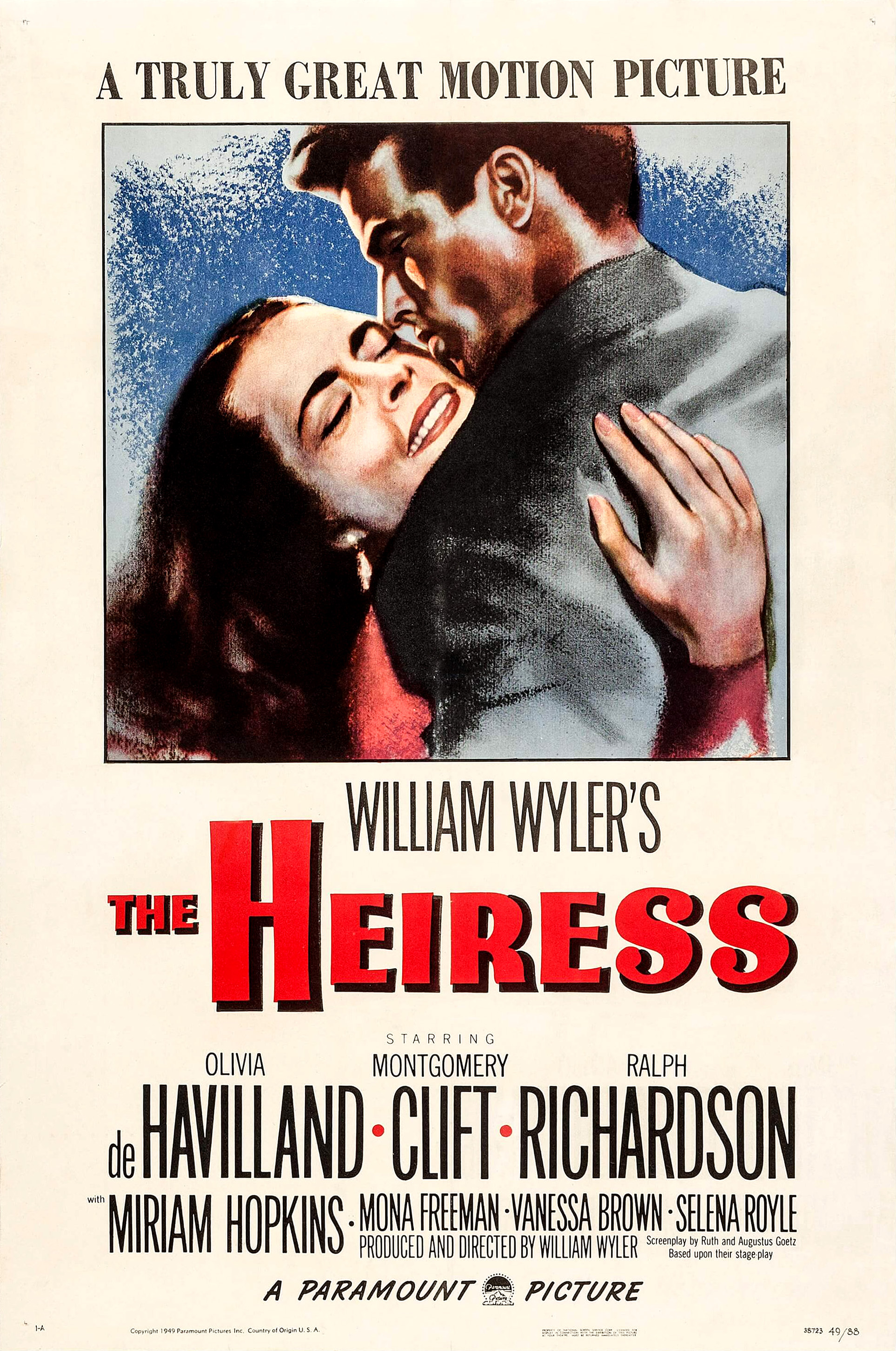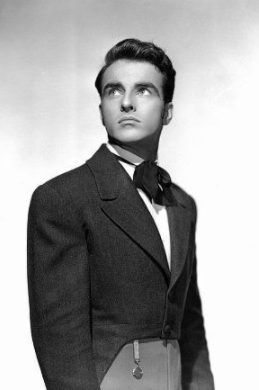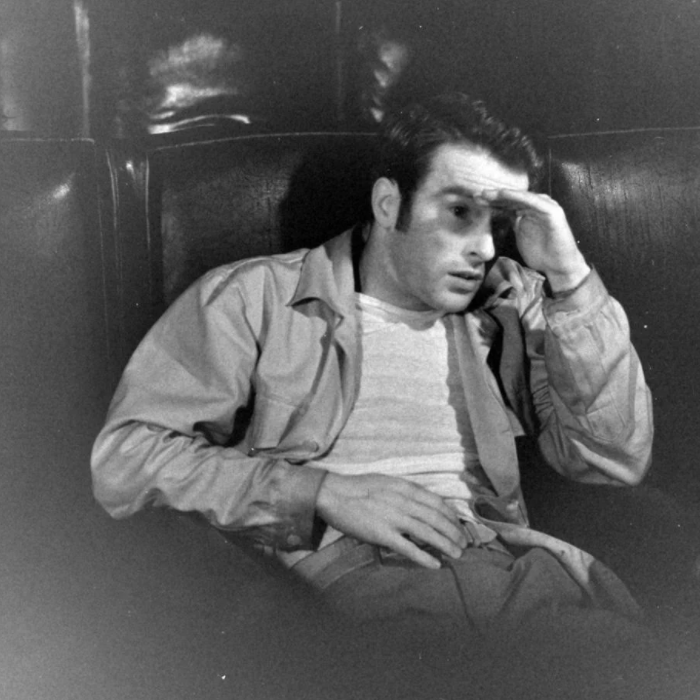by Camila Henriques


Montgomery Clift achieved greatness early in his career. Just one year into the Hollywood industry, he was tapped to co-star in a period drama by William Wyler, who was still riding the waves of the second of his three best directing Oscars, for 1946’s The Best Years of Our Lives. It was the combination of a very particular brand of acting and heartthrob looks that made Clift a star, and that mix is undoubtedly present in The Heiress.
Cemented in Hollywood history as the film that garnered Olivia de Havilland a second well-deserved Oscar, The Heiress also arguably introduced Monty as the romantic (or not) lead...
After his first appearances in The Search and Red River, it was clear that he had something his peers didn’t. Going for less stylized choices and powering through raw emotions, Monty paved the way for Marlon Brando and James Dean, who would both take the film industry by storm in the following decade with performances as poignant as the ones Clift delivered in his short, but iconic body of early work.
 But, back to The Heiress. The film centers on Olivia as she plays Catherine, a socially awkward girl who finally falls in love, only to be threatened with disownment by her father (Ralph Richardson), who believes the guy is a good old gold digger. Monty, of course, plays Morris, the object of Catherine’s affection.
But, back to The Heiress. The film centers on Olivia as she plays Catherine, a socially awkward girl who finally falls in love, only to be threatened with disownment by her father (Ralph Richardson), who believes the guy is a good old gold digger. Monty, of course, plays Morris, the object of Catherine’s affection.
It’s not a Romeo and Juliet-type tale of star crossed lovers. The Heiress is a gothic film, anchored in the mystery of Morris and how much of his interest in Catherine is her and how much is her fortune.
While the film plays with that enigma, what with the character being introduced with his back to the audience and head out of the frame, for example, it’s Clift’s work that does the trick of making us fall for and then hate Morris as he leaves Catherine. And, when he comes back, Monty thrives as both him and Olivia’s character have gone through some very rough changes. She also aces those very difficult scenes and it’s a sparring of different acting styles that make the final act of the film even more compelling.

Response to Monty's performance was mixed but Wyler always defended him:
"I don’t agree with the critics who said that Montgomery Clift was too nice and pleasant to play the fortune hunter Morris Townsend. In the play, he was so obviously a villain... In the film, because Clift was so sympathetic, people were horrified when he jilted her.”
As with Red River, Monty didn’t particularly care for his performance in the film nor the whole piece itself. He reportedly didn’t stay long at the premiere, and there was no love lost between him and his co-star Olivia de Havilland. That distaste didn’t translate to the screen. Wile The Heiress is rightfully considered the Livvie show, Clift's own performance is undervalued. He went beyond the archetypes of the romantic lead or the gaslighting male, retaining mystery.
 Monty squirming while watching his own performance in The Heiress -- a fascinating photoshoot byJ.R. Eyerman.
Monty squirming while watching his own performance in The Heiress -- a fascinating photoshoot byJ.R. Eyerman.
If The Search and Red River signalled Clift's arrival, William Wyler film's major success at the time (it won the most Oscars in its year) and its enduring classic status today, serve as yet another sign in the shift of acting styles that would mold many of the classics of the 1950s and 1960s that we love today - some of them, starring our beloved Monty.
NEXT: The Big Lift (1950) now streaming on Amazon Prime